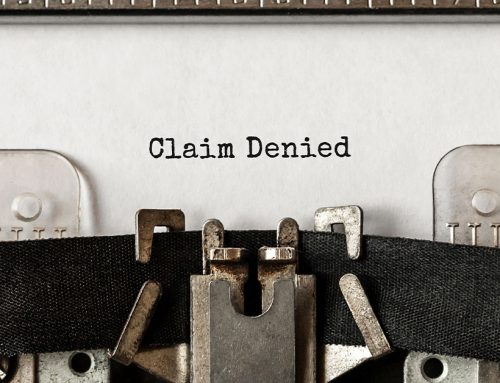Some surgical dressings only have coverage for full-thickness ulcers. These include alginates, foams, and hydrogels. When dispensing a dressing that is only covered for full-thickness ulcers, it is important to not only document the presence of a full-thickness ulcer but also submit a diagnosis code that reflects the presence of a full-thickness ulcer when appropriate.
Diagnosis Coding- Full Thickness Ulcers
L97-Codes for Diabetic Foot, Arterial Ulcers, and Venous Leg Ulcers
When using the L97-codes to code for diabetic foot, arterial, and venous leg ulcers, the 6th character options include:
1-Limited to breakdown of skin
2-With fat layer exposed
3-With necrosis of muscle
4-With necrosis of bone
5-With muscle involvement without evidence of necrosis
6-With bone involvement without evidence of necrosis
8- With other specified severity
The 6th character options of 2 through 6 are consistent with a full-thickness ulcer while the L97-6th character option of “1” indicates the ulcer is only partial thickness.
L89 Codes for Pressure Ulcers
When using the L89-codes to code for pressure ulcers, the 6th character options include:
0-Unstageable
1-Stage 1
2-Stage 2
3-Stage 3
4-Stage 4
9-Unspecified stage
The 6th character options of 2, 3, and 4 are consistent with a full-thickness ulcer while the L89-6th character option of “1” indicates the ulcer is only partial thickness. A 6th character option of “0” indicates it is not possible to assess the depth of the ulcer.
What About Surgical and Traumatic Wounds?
ICD-10 codes for acute wounds start with the letter “S.” Codes for:
- open wounds of the ankle begin with S91.0-.
- open wounds of toes without damage to the nail begin with S91.1-
- open wounds of toes with nail damage begin with S91.2-.
- open wound of the foot begins with S91.3-.
These codes do require 5th, 6th, and 7th characters, but there is no opportunity to reflect the depth of the wound in any of these. Therefore, you do not have to worry about indicating the depth when coding for acute wounds.
Conclusion
Alginates, foams, and hydrogels are only covered for full-thickness ulcers. When submitting a claim for one of these dressings, the diagnosis code should indicate a full-thickness ulcer when appropriate. You have the opportunity to indicate the depth of the ulcer in the coding for arterial, venous leg, pressure, and diabetic foot ulcers.
Not sure about the difference between “ulcer” and “wound?” See my June 2018 blog post: Wound vs. Ulcer-Does It Matter?
Resources:
DISCLAIMER: The information provided here is intended to educate health care providers regarding compliance for diagnosis coding. The information provided does not guarantee reimbursement and is accurate to the best of our knowledge at the time of this publication. ICD-10 codes and guidelines can change and we encourage you to stay up to date. The existence of a code does not guarantee payment.

Dr. Jeffrey D. Lehrman, DPM, FASPS, MAPWCA, CPC, CPMA
Dr. Lehrman is a podiatrist practicing in Fort Collins, CO and operates Lehrman Consulting, LLC which provides consultation services regarding coding, compliance and documentation. Dr. Lehrman is a Certified Professional Coder and Certified Professional Medical Auditor. He serves as a staff liaison at the AMA CPT® Editorial Panel meetings where CPT codes are created, edited, and deleted. He is a Diplomate of the American Board of Foot and Ankle Surgery, Fellow of the American Society of Podiatric Surgeons, and is recognized as a “Master” by the American Professional Wound Care Association. Dr Lehrman is a Fellow of the American Academy of Podiatric Practice Management, Past Director of the American Professional Wound Care Association Board of Directors, and is a Past Chairman of the Board of the American Society of Podiatric Surgeons. Dr. Lehrman is also on the editorial advisory board of the journal WOUNDS.





